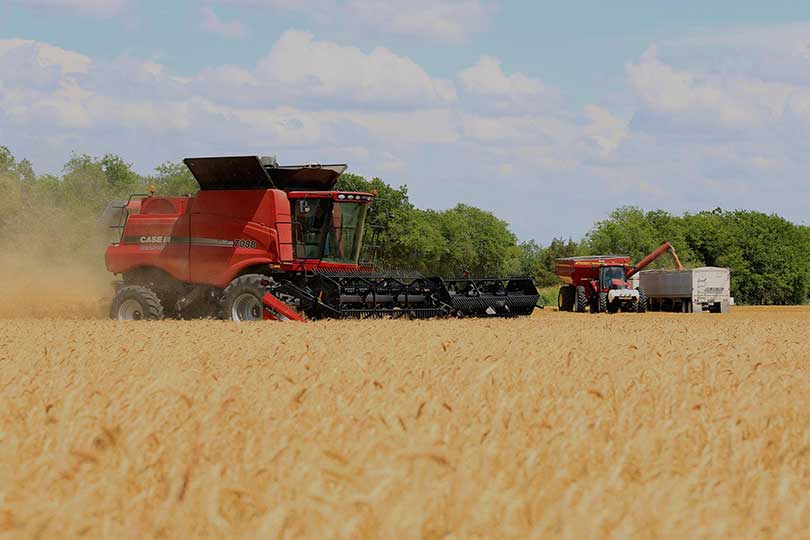The economic environment in today’s U.S. farm sector is different and more favorable than those factors experienced during the farm financial crisis of the 1980s, according to a leading agriculture economist.
Dr. Alan D. Barkema is an economist with Apical Economics, LLC. He previously served as senior vice president and director of Research at the Federal Reserve Bank of Kansas City. Barkema told the Texas Farm Bureau (TFB) Radio Network that the farm economic environment in the 1980s was much harsher than today’s circumstances.
“I think the main thing, in the 1980s, the macro-economic environment was very different than it is today. The late 1970s was a period of high inflation and unusually low interest rates, both in nominal and real terms. It was an environment that encouraged borrowing and encouraged high leverage, rewarded high leverage. Then almost overnight the environment changed to an environment of lower inflation and much higher interest rates. It shifted to one that crushed high leverage,” Barkema said. “For farmers and other businesses, there was no adjustment time. It was abrupt, and they were blindsided by that change, and that’s what really slammed the industry in those days, along with low income.”
Barkema said, in contrast, while today’s economic environment features lower farm income, interest rates are expected to remain at a moderate level. He said rates won’t stay at that moderate levels forever, but it’s not clear how soon or how fast interest rates might rise.

